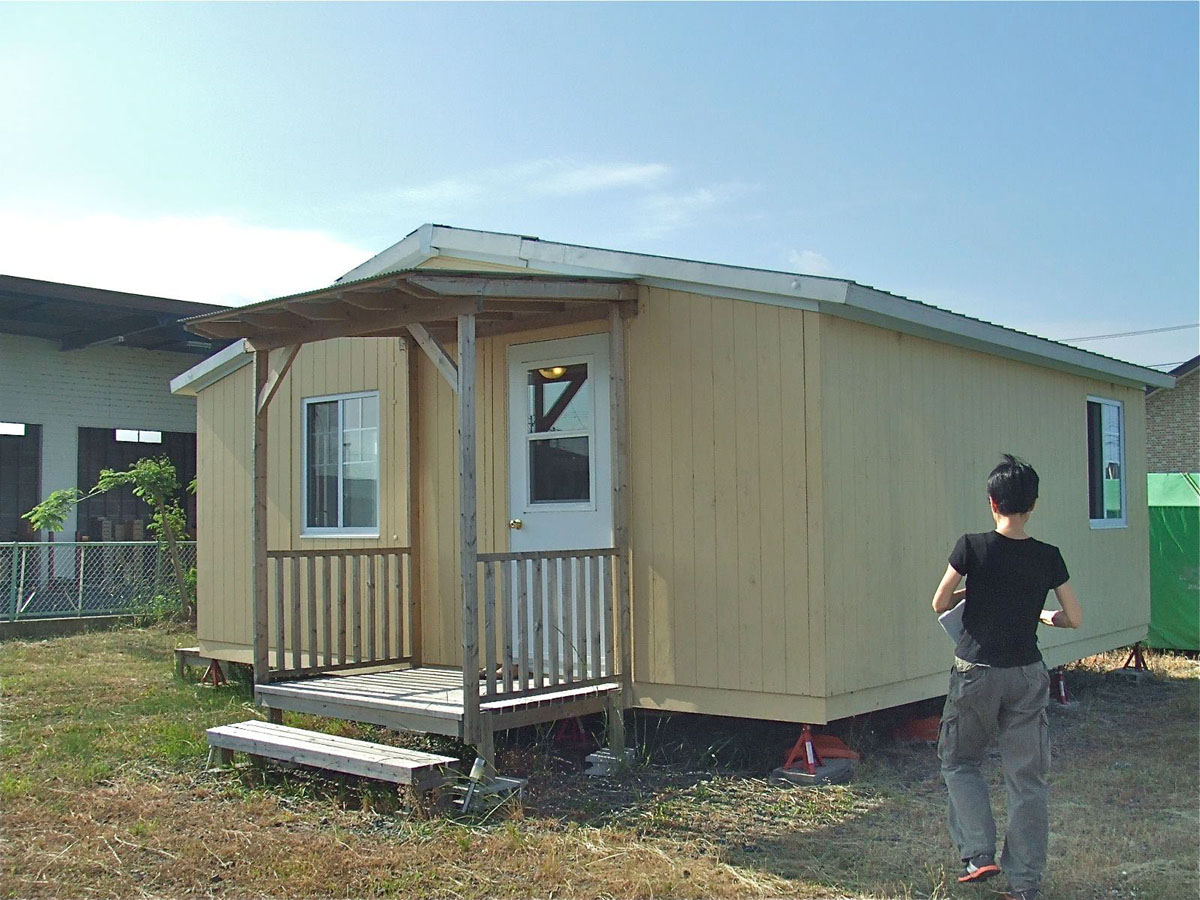The model house sat on an empty patch of brown land along a commercial stretch of road in southern Ibaraki Prefecture. Few people would have identified it as a model house. It had a forlorn, out-of-place look to it. Technically, it was a mobile home — "trailer house," in Japanese parlance — propped up on car jacks and with a small porch attached to the entrance.
It had been imported from Canada but incorporated design changes, presumably done to attract local buyers. One very small room had tatami mats, and the kitchen — more like a nook situated between the tiny living and dining rooms — didn't have an oven, a standard in North America. Nevertheless, the house was more Western than Japanese: baseboard heating, painted rather than wallpapered walls, carpeting, shower but no bath. It looked cheap and was cheap, a little more than ¥3 million. The most expensive model in the company's line was ¥7 million.
The importer was basically a part-time, one-man operation whose lone worker was also a full-timer for another, larger housing company. His sales pitch focused on the economical and practical aspects of the imported home. Canada is a cold place, and so housing, whether prefab or custom-built, has to be of high quality. The design and decor may have been basic, but the house itself was airtight, structurally sound, and made of high-quality wood and other tested materials. Still, Japanese people think of trailer houses as having little or no resale value, which is true. But then conventional Japanese houses lose their value quickly after they're built, too.


















With your current subscription plan you can comment on stories. However, before writing your first comment, please create a display name in the Profile section of your subscriber account page.